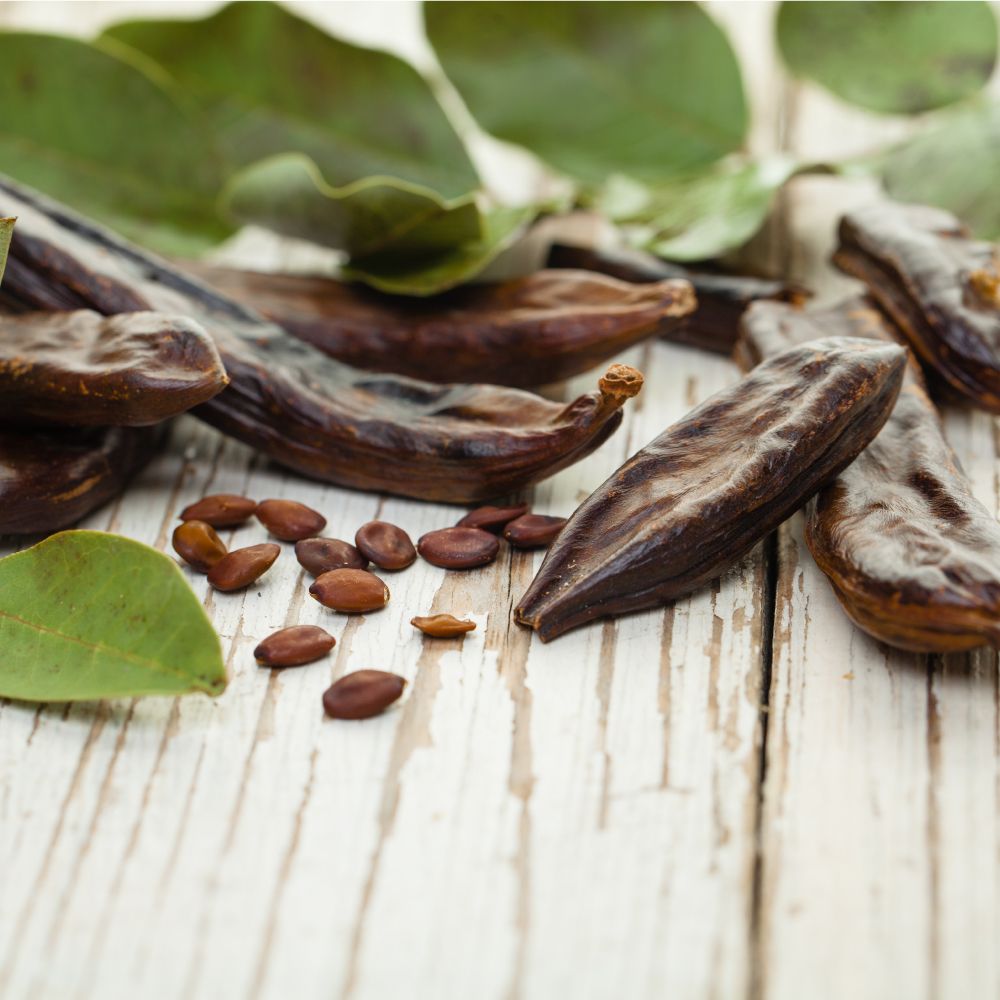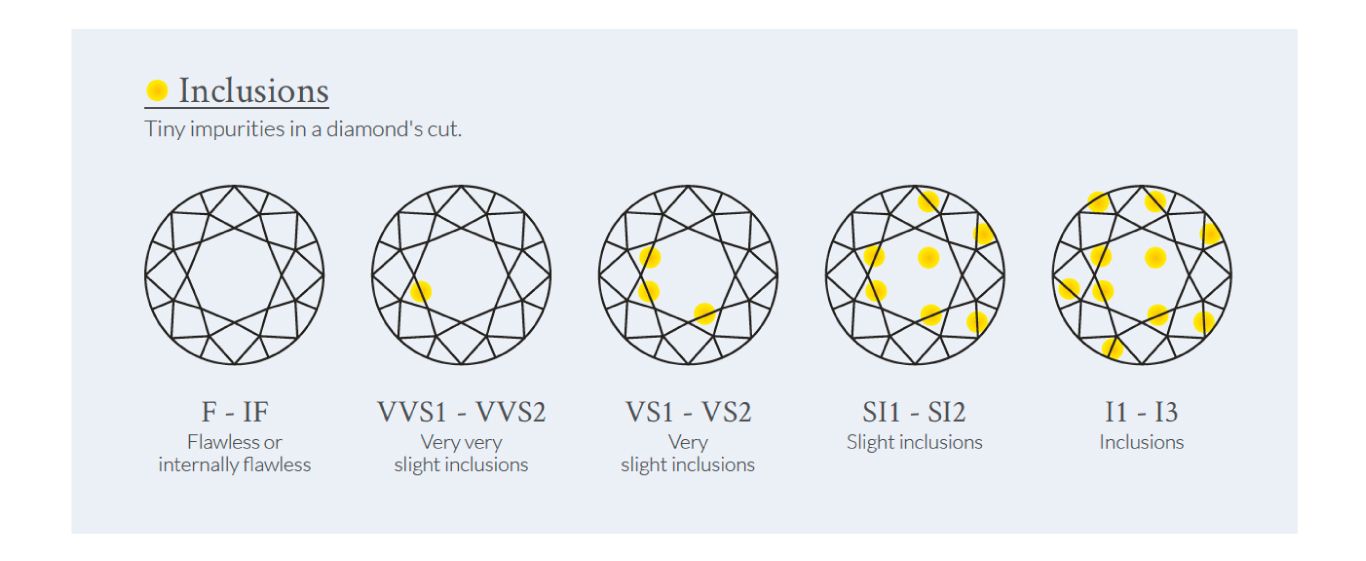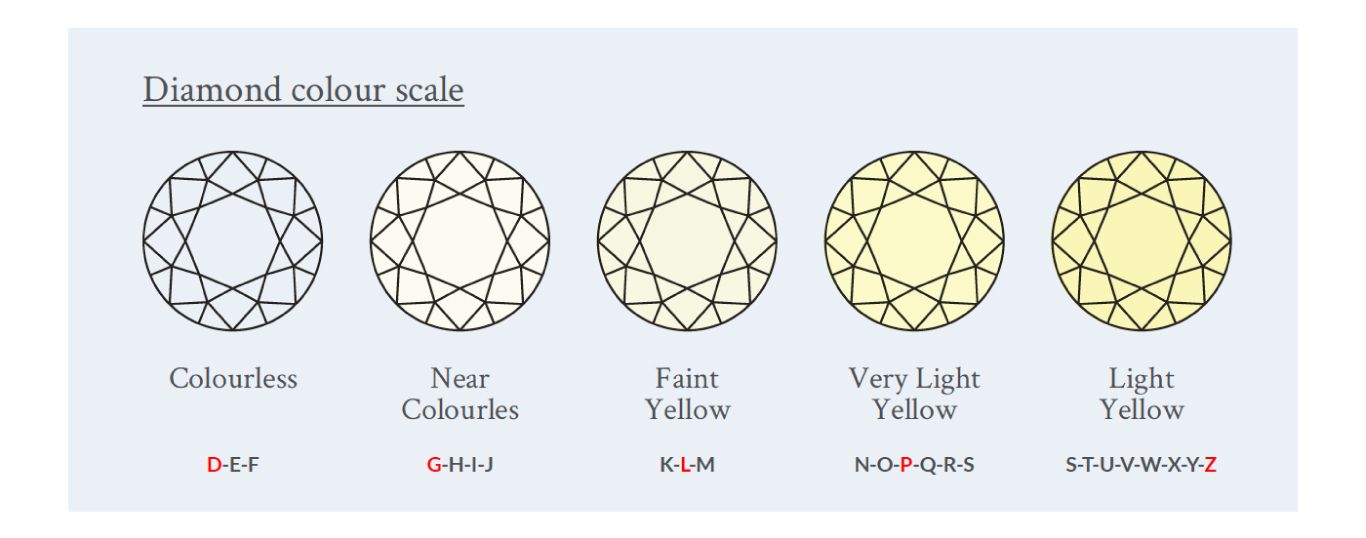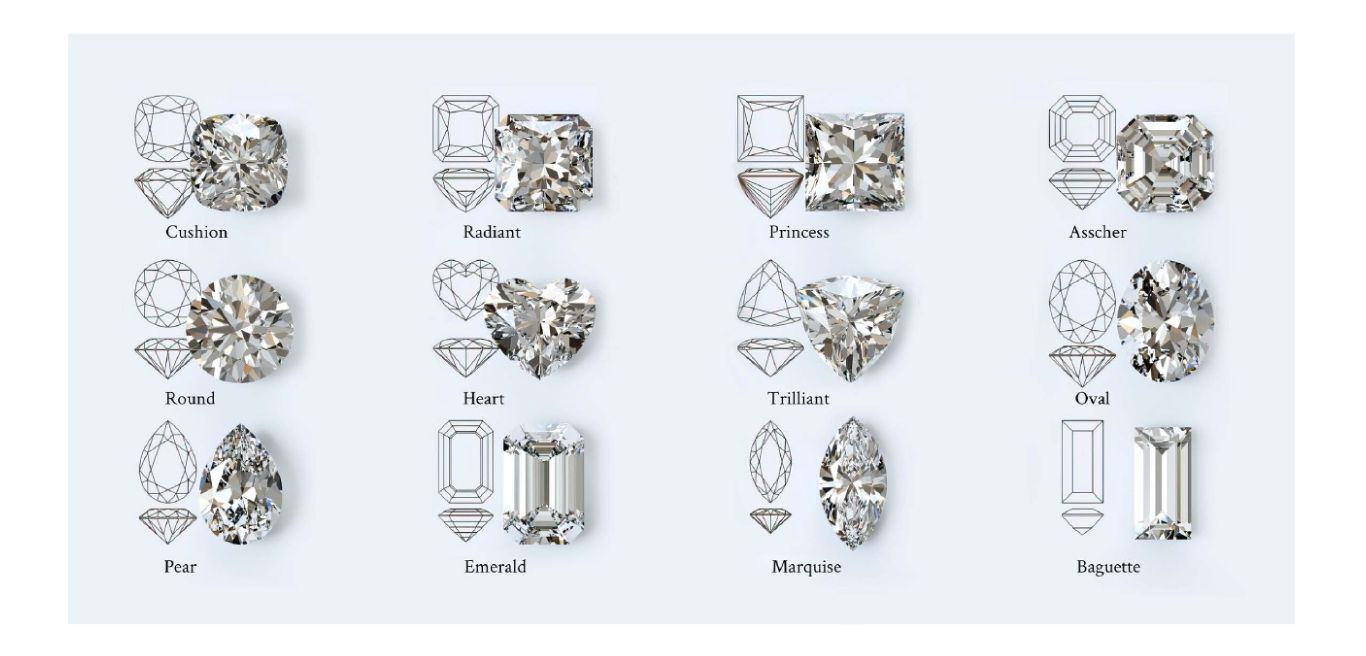Popular Searches

The Four Of Diamonds
Buying a Diamond ring isn´t something most of us do everyday. So, to help you with the decision-making, here are the four main things to consider when purchasing a Diamond:
♦ Carat ♦ Clarity ♦ Colour ♦ Cut
We call them `The Four of Diamonds´ and it´s a combination of these four points to consider.
♦ Carat
If you´re wondering why diamonds are measured in carats, it goes back to when ancient diamond dealers compared the weight of diamonds to the seeds of the Carob Tree. Which has morphed into the word Carat over time. 1 Carob seed weighs 1 Carat. There you go, every day´s a school day! Trust us, many years ago we electronically weighed a Carab seed and it was exactly 1 Carat! It stands to reason that the more carats a Diamond has, the larger it will be. Each carat is made up of 100 points. So a Diamond weighing 100 points, is said to be 1 carat in size and would be labelled 1.00CT (1 carat). A Diamond half this size would weigh 50 points, or half a carat and would be labelled 0.50CT. The quality and value of a Diamond doesn´t just stop there though. As a small stone with good colour, a good cut and good clarity would be worth more than one that weighs more carats, but doesn´t rate highly on these other important points.

♦ Clarity
In order to catch the light and to come to life, a Diamond needs clarity. Inside the majority of Diamonds there are tiny fractures, or flecks of minerals, nature´s fingerprint. These occur naturally and are formed when the Diamond is created they are called inclusions. In terms of clarity, the fewer inclusions, the better and the higher the clarity and the higher the value of the stone. To determine the value, a Diamond´s clarity is measured in units from the clearest `IF´ (Flawless), down to `I3´ (Included), being the least clear. If you are buying a Diamond that is under 0.50 carat, then we would suggest that you try and stay within the clarity range from SI2 (Slightly Included) to VS1 (Very Slightly Included). As within these clarity bands you won´t be able to see any imperfections with the naked eye.

♦ Colour
Diamonds are graded against a colour scale that measures them from transparent through to yellow, with poorer quality diamonds having an obvious yellow tint, that can even be seen with the naked eye. The diamond colour scale ranges from D through to Z (nobody´s really knows what happened to A, B and C). With the best colour grade a diamond can have being D which indicates that it is colourless, and the worst being Z, indicating that the stone is very yellow in colour. If you are looking at a solitaire diamond that weighs under 0.50 carat, then choosing colour grade H is a good option. As it is within the white colour range and the naked eye can´t detect any yellow in it. Making it an affordable and great value diamond colour.

♦ Cut
As the sparkle of the stone depends upon the cut, this not only plays a very important part in how it will eventually look but will also help determine the value. When we talk about cut, we´re referring to both the shape of the stone, as well as the way in which it has been carved into that specific form. The quality of the cut and the way it catches the light is graded from Excellent through to Poor and will ultimately affect the value of the stone. As the cut is the only part of a diamond that is made by a person rather than nature, this means that carving and polishing Diamonds into their many different shapes is a very skilled art. Picking a cut that´s graded GOOD or VERY GOOD means that your stone will catch the light and sparkle beautifully. If you´re wondering about what shape to go for, then a classic round brilliant cut is always going to deliver the sparkliest stone of them all.

If you need any other help or advice on picking the perfect Diamond, you can always reach out to us at Warren James, or pop into one of our local stores, where our teams are always delighted to help.